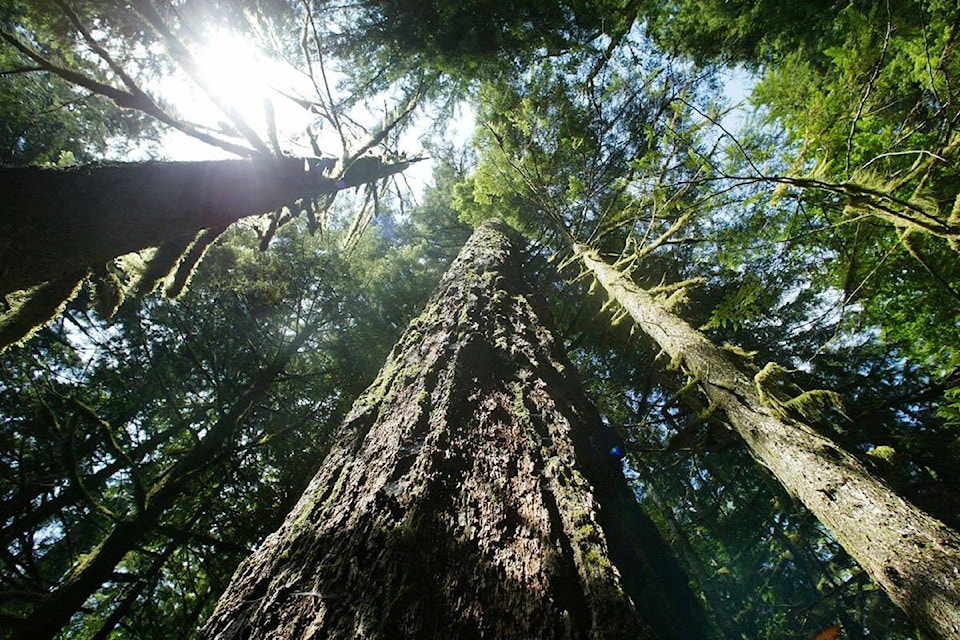The Province of B.C. is making moves to protect old-growth forests across B.C. including in the South Cariboo.
Last week B.C. launched a new $300-million Conservation Financing Mechanism to help protect B.C.’s rarest and oldest trees while benefitting communities. Premier David Eby said his government is working with the BC Parks Foundation and First Nations representatives from across B.C. to create new tools that will prevent habitat loss for “generations to come.”
“Conserving nature is one of the most important things we can do to protect against the worst effects of climate change while creating a healthier future for everyone,” Eby said.
These tools will include the creation of new forest landscape plans that will focus on biodiversity and the long-term health of forest ecosystems. Bruce Ralston, Minister of Forests, said there will be five new plans implemented in the coming months in partnership with local First Nations, local communities and forest companies. These include 100 Mile House, Williams Lake, Bulkley Valley, east-central Vancouver Island and west-central Vancouver Island.
“People in B.C. care deeply for our forests, which is why we are accelerating our actions to protect our oldest and rarest forests for future generations,” Ralston said. “We are using the best science and data available, and collaborating with First Nations, local communities and industry to create a stronger, more sustainable forest stewardship.”
In the Interior old growth is defined as forests between 140 and 250 years of age, depending on the type of forest. There are around 11.1 million hectares of old-growth forests across B.C. which cover 12 per cent of the entire province. Currently, 3.8-million hectares of old-growth forest is permanently protected from logging while another 2.4-million hectares have been deferred following collaboration between First Nations, the government and the forest industry. This deferral is a temporary measure to prevent biodiversity loss while the new Forest Landscape Plans are developed.
Joyce Wagenaar, West Fraser’s communication director, said the company is working to figure out how they’ll facilitate the new forest landscape planning initiative, which they are still learning more about. She said they hope a collaborative approach will create a more sustainable forest ecosystem and add value to their wood products.
“West Fraser’s sustainable forest management practices reflect managing for a range of environmental, social and economic values and government guidelines,” Wagenaar said. “We manage the forest resource with collaborative input from Indigenous Nations and local communities.”
The new Conservation Financing Mechanism will be funded in part by the Province, which is providing $150-million, while the BC Parks Foundation has committed to raising the other $150-million using a ‘crowd-sourcing approach.’ Once raised the funds will be managed by the foundation overseen independently by a special committee made up of experts, half of whom will be First Nations.
“The new Conservation Finance Mechanism will add further Indigenous-led protections for the beautiful lands and waters that are integral to who we are as British Columbians and to First Nations’ culture and way of life,” said Nathan Cullen, Minister of Water, Land and Resource Stewardship. “We call on other groups and individuals to contribute to this fund, which will help protect the remarkable forests and diverse ecosystems that people, communities and wildlife depend on.”
Terry Teegee, Regional Chief of the British Columbia Assembly of First Nations, said this funding and new approach will benefit everyone.
“First Nations have always believed that if we take care of nature, it will take care of us,” Teegee said. “Many Nations are creating Indigenous-protected areas and wildlife corridors as well as looking for ways to have an economy that is in harmony with nature. This funding will help support Nations who have a vision of abundance in their territories.”
